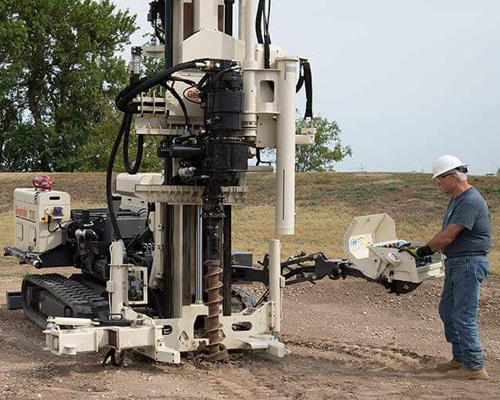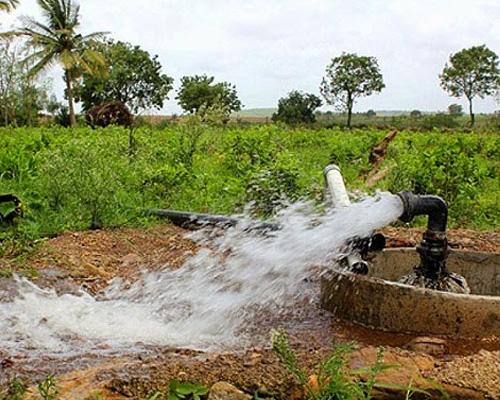The Role of Natural Resources in a Healthy Planet
Natural resources are the foundation of life on Earth. From the air we breathe to the water we drink, the soil that grows our food, and the forests that shelter countless species, these resources keep our planet healthy and habitable. Without them, the balance of ecosystems — and life as we know it — would be impossible. What Are Natural Resources? Natural resources are materials and elements that exist in nature and are used by humans for survival and development. They can be categorized into: Why They Matter for a Healthy Planet 1. Supporting Life Systems Natural resources provide essential elements — oxygen from plants, clean water from rivers, and fertile soil for crops — that sustain all forms of life. 2. Maintaining Biodiversity Forests, wetlands, and oceans are home to diverse species. Preserving these habitats ensures that ecosystems remain resilient and balanced. 3. Regulating the Climate Trees, oceans, and soils act as natural climate regulators, absorbing carbon dioxide and releasing oxygen, which helps combat climate change. 4. Economic and Cultural Value From agriculture to energy production, natural resources power industries, create jobs, and hold deep cultural and spiritual significance in communities worldwide. The Challenge: Overuse and Depletion Human activities such as deforestation, overfishing, mining, and pollution are depleting resources at an alarming rate. This overuse disrupts ecosystems, threatens wildlife, and accelerates global environmental issues. Protecting Our Natural Resources A Shared Responsibility The health of our planet depends on how wisely we manage its natural wealth. By valuing and protecting our natural resources, we ensure a sustainable, thriving world — not just for ourselves, but for all life on Earth. Nature’s resources are a gift. Let’s treat them as treasures, not commodities.










